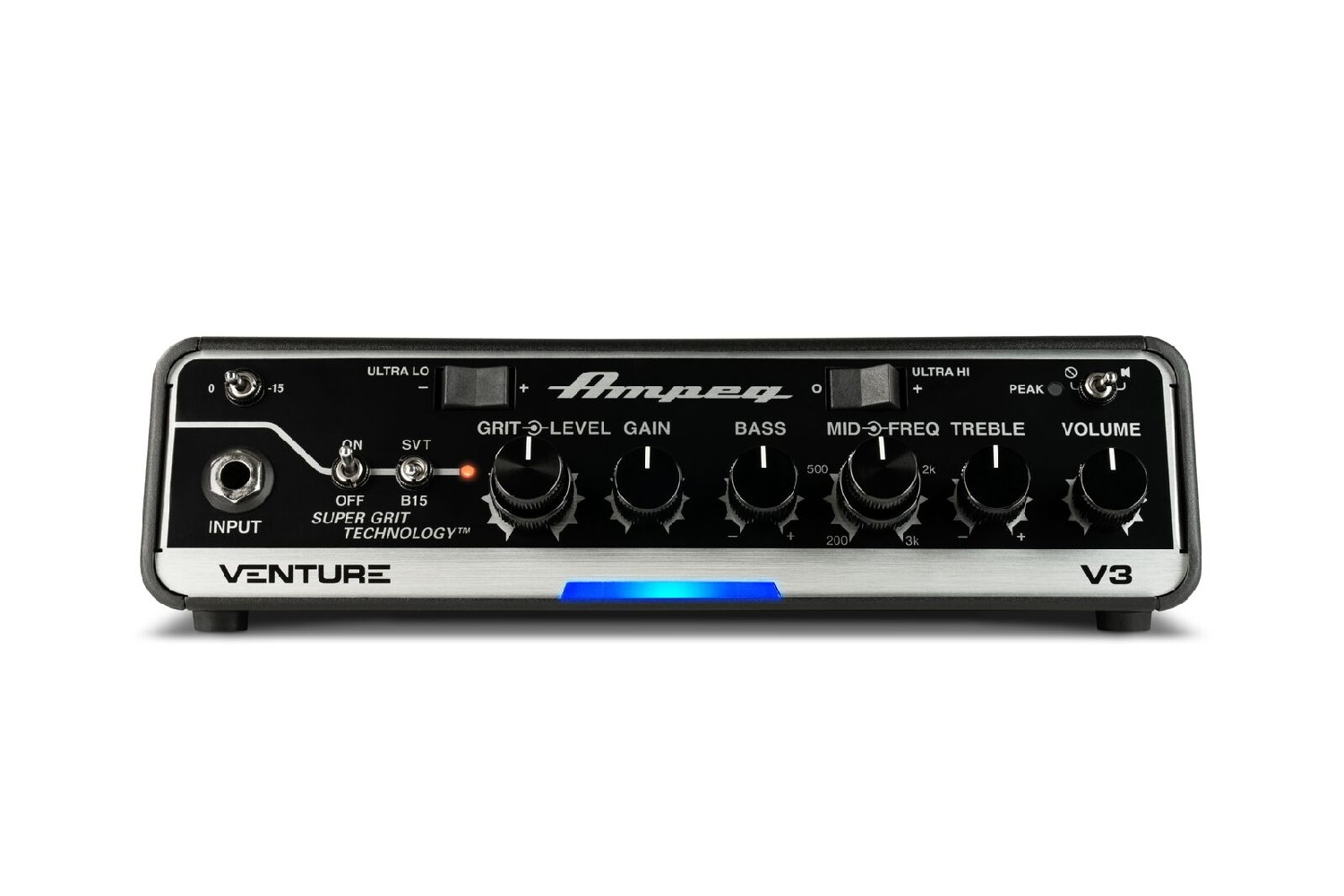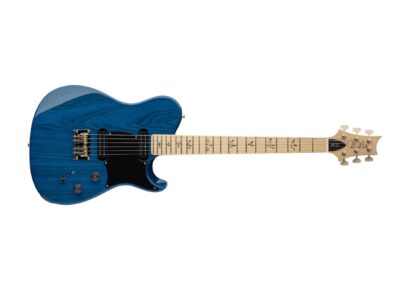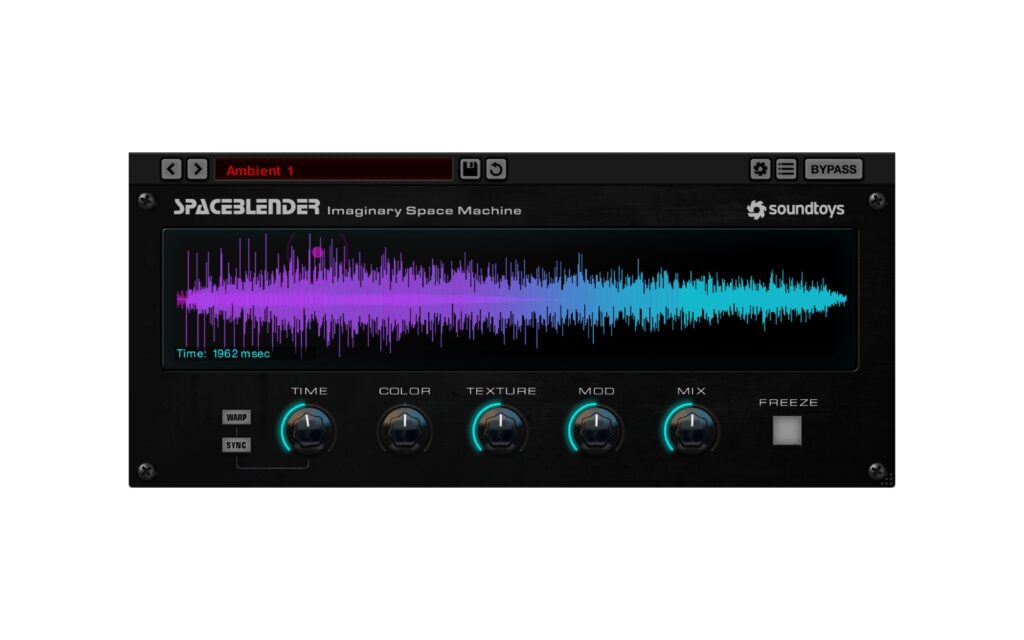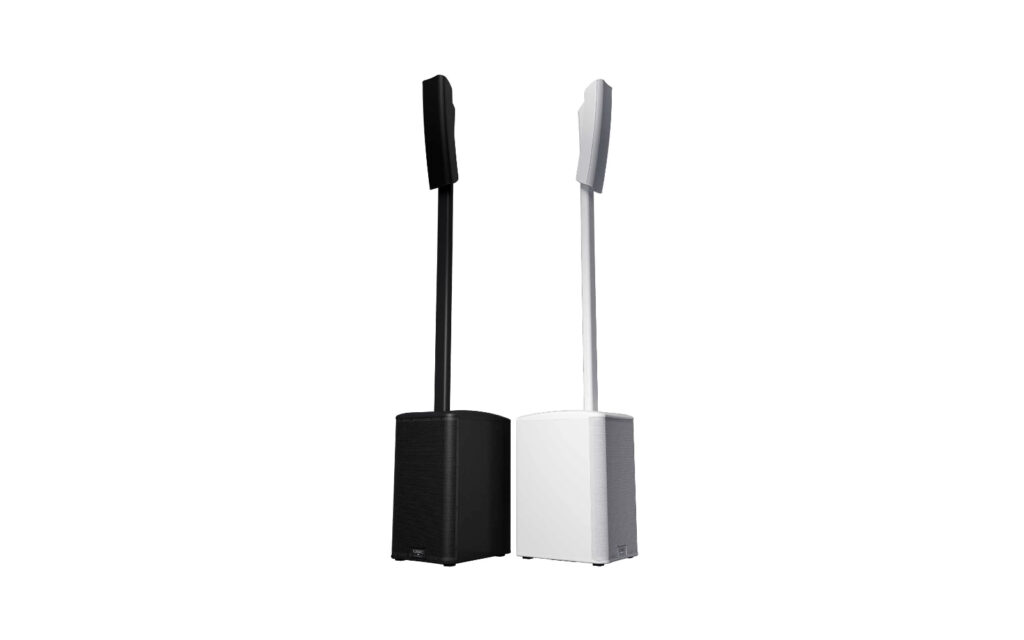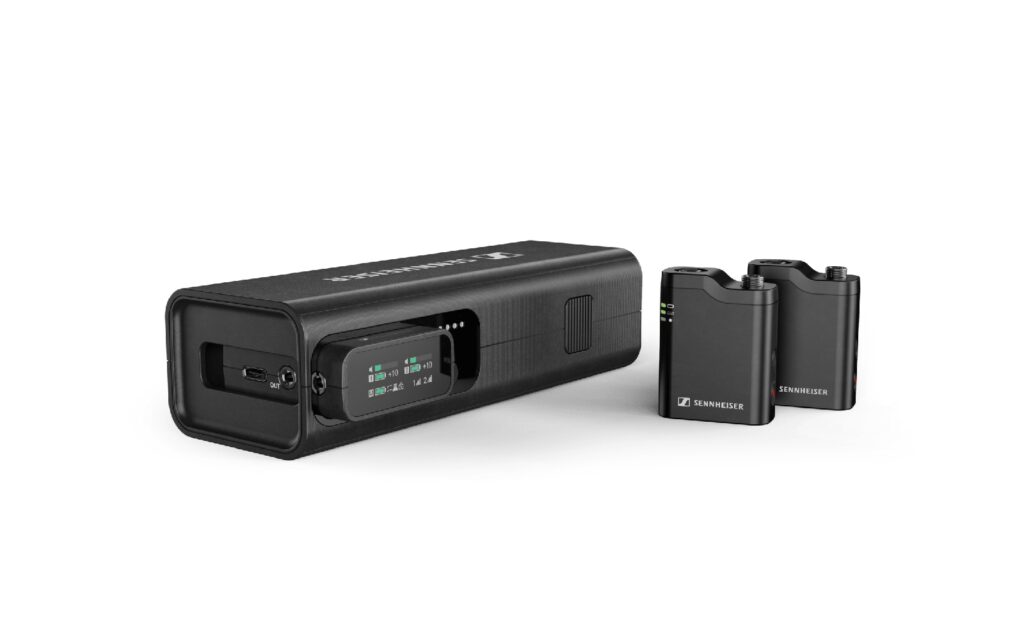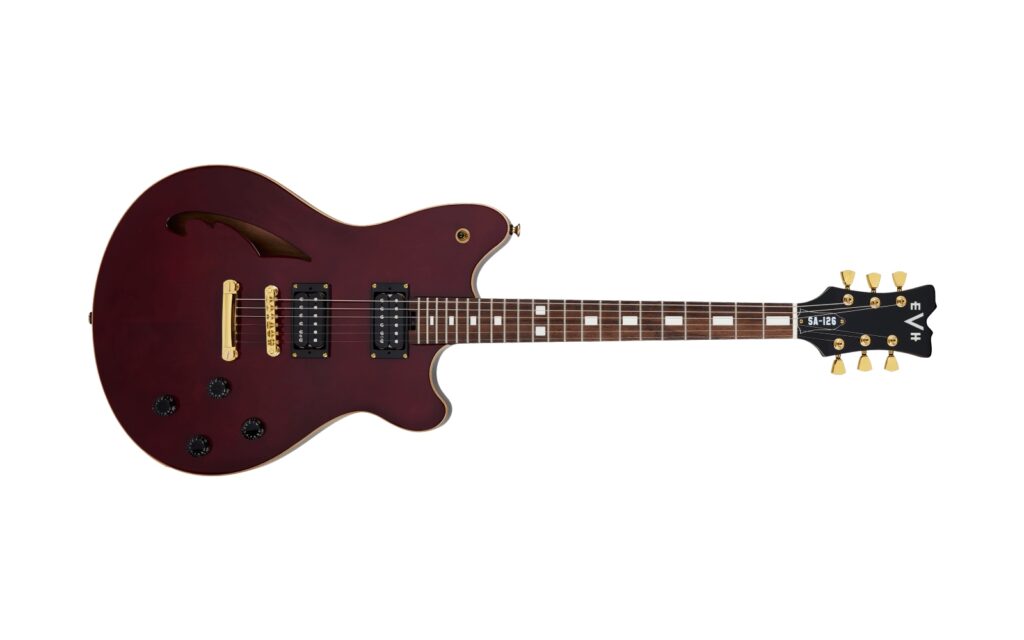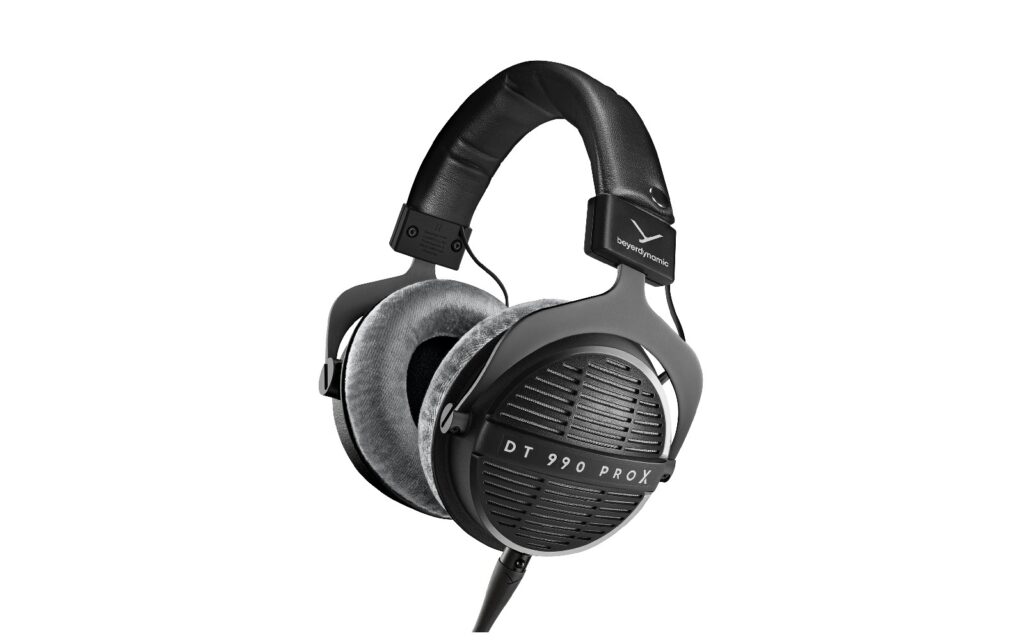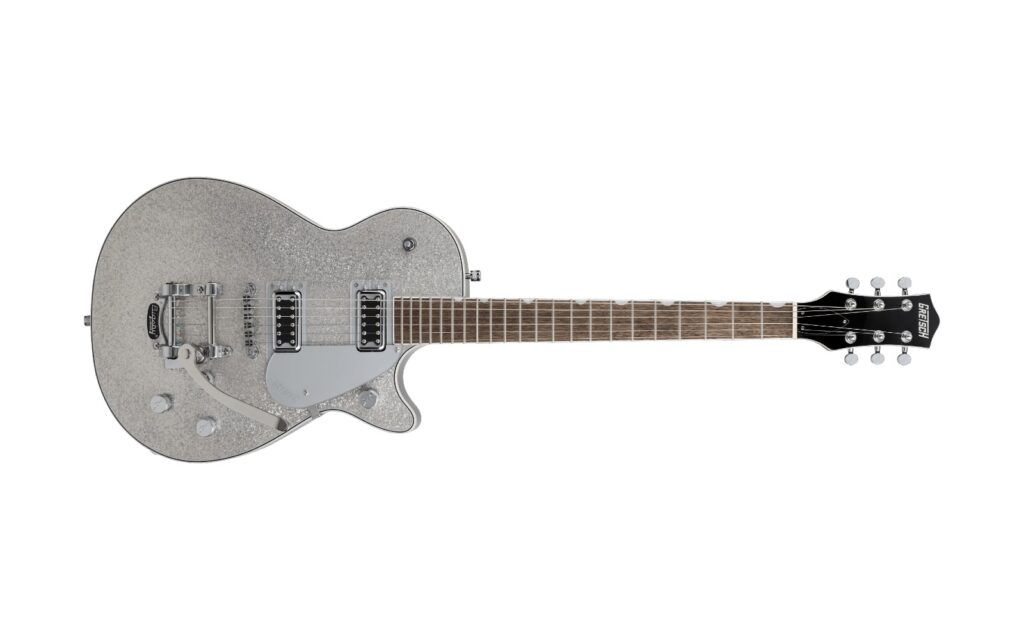There’s something intangibly significant about knowing you’re plugged into an Ampeg amp.
When you think back to all the legends and all the music associated with Ampeg, and the amps from the Portaflex to the giant SVT fridges to the super-flexible SVT-3PRO, it’s almost a rite of passage to rumble the room with something that says ‘Ampeg’ on it. But as anyone who’s tried to gig with an Ampeg 8X10 cabinet and a tube-laden SVT head will tell you, it ain’t light on the back. So the company has made many attempts at lower-weight, more portable versions of its amplifiers. The Venture V3 is one such innovation, designed to give you those iconic tones without all the physical encumbrance that comes with an amplifier that’s too big to fit in most vehicles.
Read more gear reviews here.
The V3 is a tiny 300 watt head which employs a Class D power section to dramatically cut down on the size and weight of your typical amp head. It’s so small, in fact, that it’ll not only fit into a gig bag, laptop bag or the optional matching carry bag, but you could probably fit it into the pocket of your cargo shorts if you really tried. It weighs in at an almost comically light 1.8kg!
Yet for all that economy, there’s a huge amount of control packed into this little amp. You get two complete foot switchable voicings – SVT and B15 – as part of a ‘Super Grit Technology’ circuit which you can think of as a flexible overdrive pedal built right into the amp. It has controls for Grit and Level, before your signal travels through a Gain control, three-band EQ with sweepable mids, and your master volume. There’s also the very Ampeg ‘Ultra Lo’ and ‘Ultra Hi’ switches, a -15dB pad, and a peak LED.
Turn it around and you’ll find a 4 oHm speaker out, headphone jack, foot switch jack, auxiliary in, an effects loop and a DI balanced XLR out with pre/post switch, selectable -20dB pad and a ground lift switch.
Of course you’re going to want to plug this into something, so there are various Venture series cabinets available whose model names give you a clear idea of how many speakers are inside and of what size: VB-112, VB-115, VB-210, VB-212 and VB-410. We reviewed the V3 with the VC-210, an almost astonishingly light yet very solid-feeling cab with two custom-voiced Lavoce neodymium woofers and a variable high frequency driver. It weighs only 12.7kg which I think you’ll agree is a huge improvement on a great many speaker cabinets. And the cabs aren’t the only thing to come in various sizes: there are three Venture amps in the series, starting with our mate the V3 (300 watt) and increasing to the V7 (700 watt) and V12 (1200 watt). The V7 and V12 add a variable compressor.
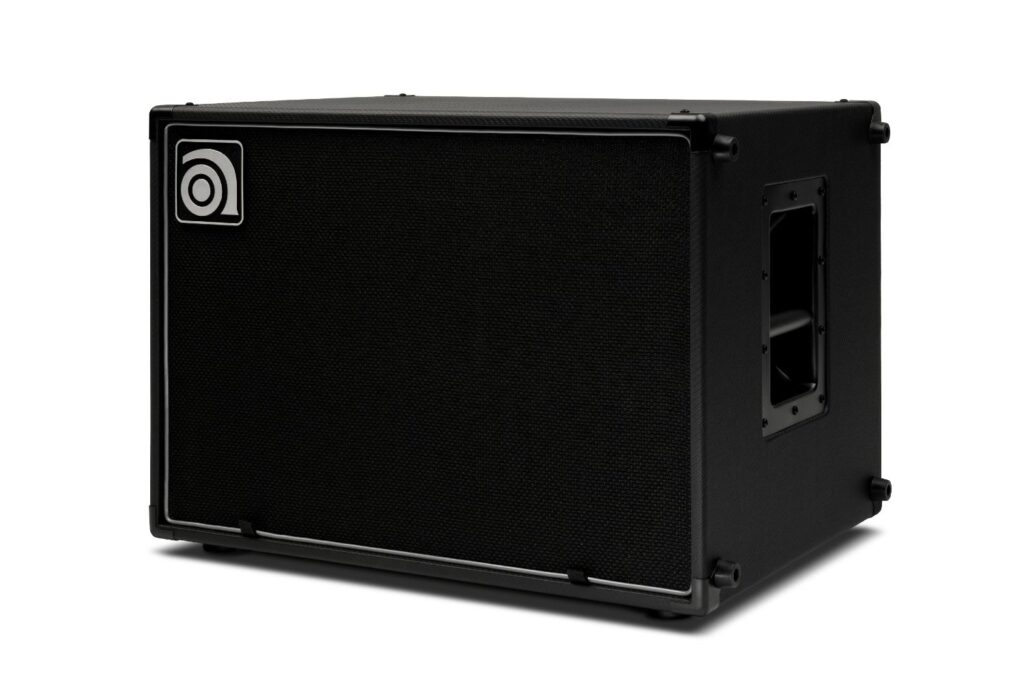
I tested the Venture V3 and cab with my affordable yet very trustworthy Squier Affinity Jazz Bass V as well as a 30th Anniversary Ibanez Soundgear with active electronics (and a cool semi-hollow design – have you seen that thing? Great bass). As a long-time rock-dog I immediately went for the Super Grit Technology circuit and put my neighbor’s resolve to the test. I’m not sure why I immediately defaulted to some charging Ministry riffs (‘Just One Fix’ is a great bass-test song) but I’m comfortable in my decision. And while it’s great to have so much overdrive at your fingertips or the stomp of a foot switch, the sweepable midrange is really key to getting the most out of that overdriven sound, allowing you to dial in exactly where your bass’s voice lives and either boosting it for character, or attenuating it to sit back in the mix.
The SVT and B15 voicings take the place of a tone control in the circuit and give you the option of an angrier, edgier tone or a fuller, more vintage one, and both definitely have their uses. I eventually found the resolve to put aside my grittier aspirations and turn the overdrive off, and of course there it was: the classic Ampeg ‘It’s clean but it’s mean’ tone. A great trick is to hit the Ultra Lo switch but turn down the bass control quite a bit, reigning in some low-end woofiness in favour of more of a ‘you feel it more than hear it’ punch. The same is true of the Ultra Hi switch, which can be used in concert with a lower treble setting in order to smooth out the tone while retaining attack and definition. Both of these methods were especially effective on the Soundgear, a bass whose voice seems a bit forceful without some amp-end sculpting.
Cons? None, really. It would have been nice to have a compressor on the V3 too but I guess you can’t have everything. I plugged in my old Washburn compressor pedal which is especially bass-friendly and was in punchy, funky heaven. And the ability to switch between the SVT and B15 voicings wouldn’t have gone astray. Oh well.
The Venture V3 is the ideal option for getting those iconic Ampeg tones into a vehicle, up the stairs and onto a stage without hurting yourself, and the rig is musically flexible, reassuringly rugged, and also just looks cool with its ever-present blue light adding a touch of science fiction to the vibe. You have to try this little bruiser.
Interested? Keep reading here.
